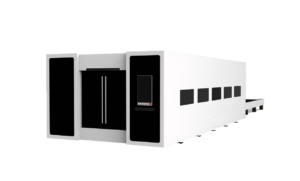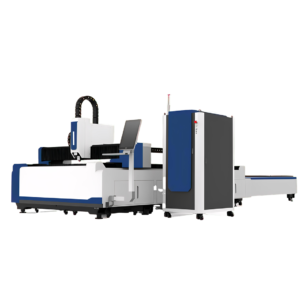The continuous development of shipbuilding technology has led to major changes in shipbuilding materials and ship design. The application of laser cutter for steel in shipbuilding is unique, which is closely related to the processing and application characteristics of the ship itself and the characteristics of the laser manufacturing system. So, what are the specific applications of laser cutting machines for metal in ships?
In recent years, “precision shipbuilding” and “rapid shipbuilding” have become the main trends in the development of the shipbuilding industry, and laser cutting machines for metal technology has developed rapidly, accounting for more than 70% of the entire laser processing industry. The shipbuilding industry mainly uses steel plate raw materials, and the use of laser cutter for steel plates can replace some punching processing methods that require complex and large molds, greatly shortening the production cycle and reducing costs. After using laser cutting machines for metal blanking to eliminate the assembly margin, the phenomenon of on-site trimming and cutting is eliminated, labor and material waste are reduced, the frame assembly speed is significantly accelerated, and the assembly quality is significantly improved.
At present, the blanking methods of hull plate parts in the shipbuilding industry mainly use flame cutting, plasma cutting, shearing processing and laser cutting. Compared with laser cutting, other cutting methods have many shortcomings. In the field of shipbuilding, laser cutting avoids the situation that when the plasma is cutting the ribs, in order to ensure the assembly gap, the trimming allowance is set on the ribs and the trimming is performed manually, resulting in uneven trimming quality. occur. Thereby reducing the assembly workload, assembly cycle, material and labor cost waste.
Use laser cutter for steel to cut marine steel plate, the quality of the cutting seam is good, the verticality of the cutting surface is good, there is no dross, the oxide layer is thin, the surface is smooth, no secondary processing is required, it can be directly welded, and the thermal deformation is small, the curve cutting precision is high, and the working hours are reduced. , to achieve barrier-free cutting of high-strength ship plates.

